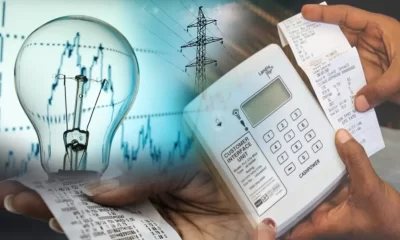Dubai has been able to influence the weather to control the heat by using new drone technology to zap clouds with electricity, creating rain.
The desert nation in the Middle East has been making it rain for years by “seeding” clouds via aircraft, but a recent downpour is believed to have been created with drones.
The monsoon-like downpour drenches a busy highway, causing tricky driving conditions for the stream of SUVs. Sudden waterfalls appear on the side of the road.
READ ALSO: Exposed! Northern govs, former Senate presidents, presidency staffers linked to $400m properties in Dubai, UK, US
The drones were funded by the UAE but designed by scientists at the University of Reading, in the UK, according to reports.
They beam electricity into clouds which alters their electrical balance and creates rain, The National reported in May, in the nation where temperatures can hit 50C.
According to the UAE’s National Center of Meteorology, the precipitation was enhanced by cloud seeding operations to increase rainfall in the Gulf country.
“The idea is that we’re going to fly those into clouds and deliberately release a charge to charge up the cloud droplets,” Dr Keri Nicoll, one of the project’s scientists explained.
Professor Maarten Ambaum worked on the project and said the “water table is sinking drastically” in the UAE.
READ ALSO: Sani dares EFCC to name corrupt politicians who owned assets in Dubai
“The purpose of this is to try to help with rainfall. The technology could boost crops and water supplies in arid areas.
The UAE Research Program for Rain Enhancement Science said the Programme is designed to “improve water security in arid and semi-arid areas around the world” on its website.
It said the UAE cloud-seeding program started in the 1990s. It sees aircraft fly up to clouds and use salt particles to create rain.
“When the drops merge and are big enough, they will fall as rain. Applying electrical shocks to clouds is preferred as it doesn’t require the use of chemicals,” Professor Maarten Ambaum explained

 Latest5 days ago
Latest5 days ago
 Crime6 days ago
Crime6 days ago
 Agribusiness1 week ago
Agribusiness1 week ago
 Agribusiness6 days ago
Agribusiness6 days ago
 Business6 days ago
Business6 days ago
 Crime7 days ago
Crime7 days ago
 Business6 days ago
Business6 days ago
 Business6 days ago
Business6 days ago

